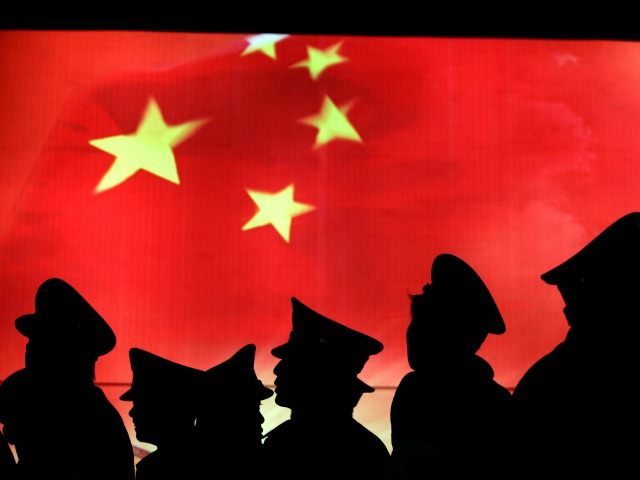China is making at least one gesture to de-escalate tensions in the South China Sea: it announced on Thursday that it would send a missile destroyer, and a dozen special-forces troops, to joint exercises with the Association of Southeast Asian Nations, India, and the United States.
In other words, the Chinese military will make a small contribution to military exercises with everyone it has been trying to intimidate, as it claims most of the South China Sea for itself.
Chinese Defense Ministry spokesman Col. Wu Qian anticipated that all participants in these exercises would “learn from each other and deepen practical cooperation in the defense and security fields,” as reported by the Philippine Star.
It is probably a safe bet that the Chinese missile destroyer Lanzhou will be learning a great deal about every ship it sails alongside, and vice versa. There is going to be enough radar and ECM bouncing around during these “joint exercises” to fricassee passing seabirds.
Alas, Wu had to spoil this moment of courtesy by repeating China’s hard-line territorial claims.
“No matter how many and how frequently U.S. ships come to the South China Sea, that would not change the fact that the islands and adjacent islands are China’s inherent territory, it would not stop the pace of China’s growth and development and even more it would not shake the will of the People’s Liberation Army in resolutely safeguarding the sovereignty and security of China,” Wu declared, repeating what the Philippine Star calls the “Three Nos.”
On Friday, the foreign ministers of Russia and China made a mutual declaration of support on a number of issues, including opposition to the United States deploying a missile shield to protect South Korea from North Korea, and China’s territorial claims in the South China Sea.
Russia agreed with China that “outside parties,” by which they mean the United States, should not “interfere” with the resolution of territorial claims in the region.
The Military Times reports that in addition to teaming up with Russia, Beijing has been “applying divide-and-conquer tactics with its smaller neighbors” and trying to break up ASEAN’s unified stance against Chinese aggression.
China may talk about local, peaceful, productive negotiations to resolve those territorial disputes, and make the occasional friendly gesture to present itself as a responsible neighbor, but it is also stacking a lot of military chips on the table to ensure those disputes are resolved on Beijing’s terms.

COMMENTS
Please let us know if you're having issues with commenting.